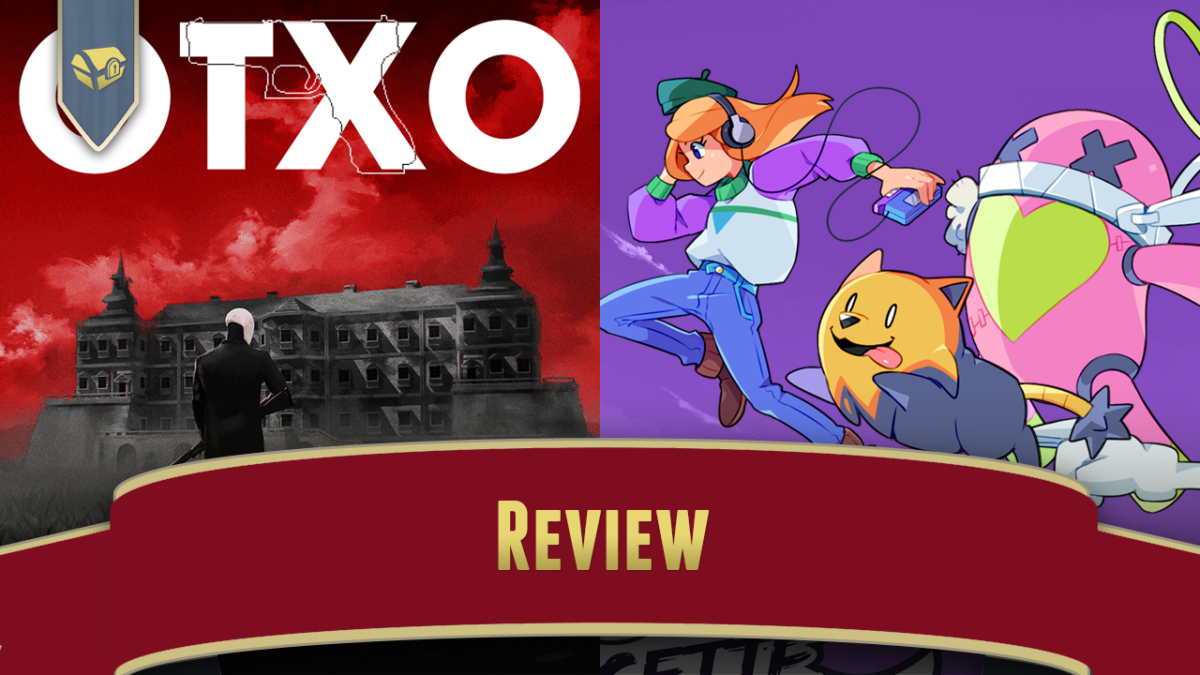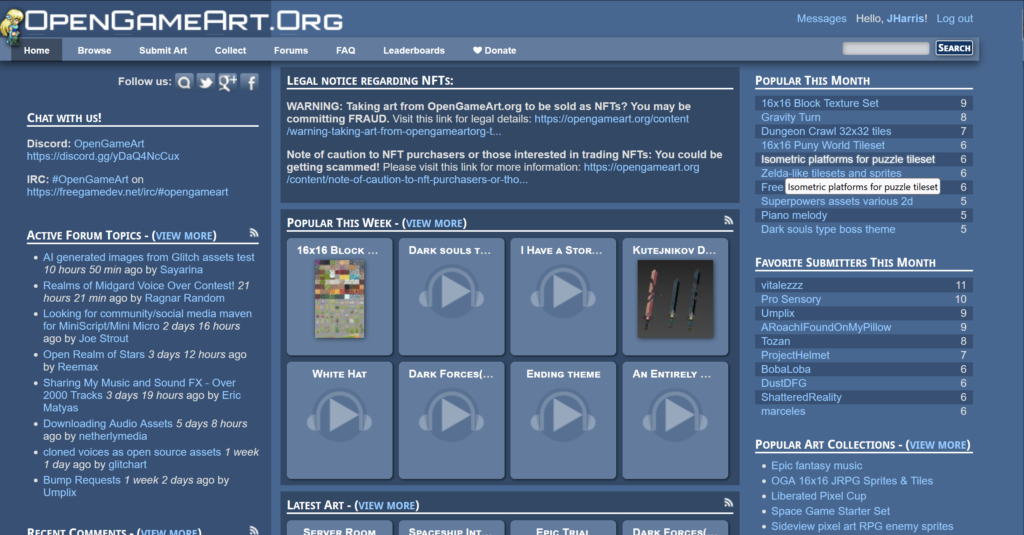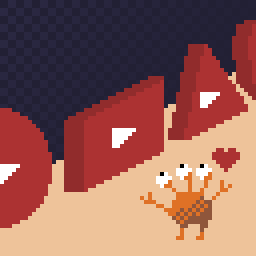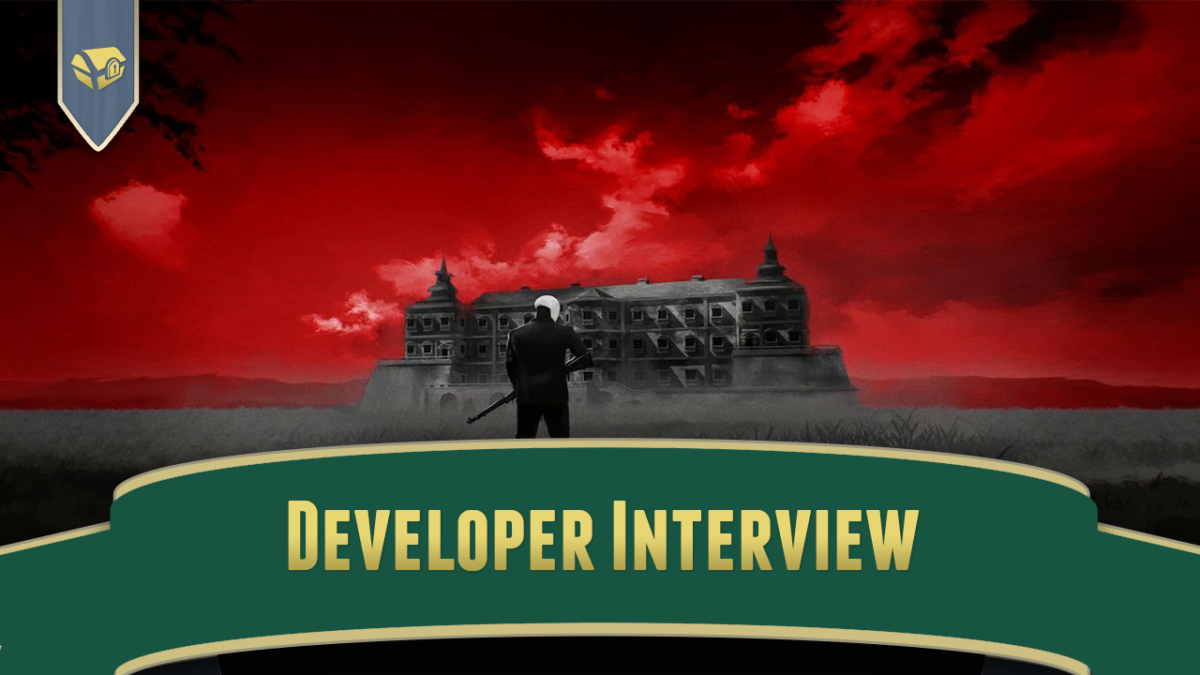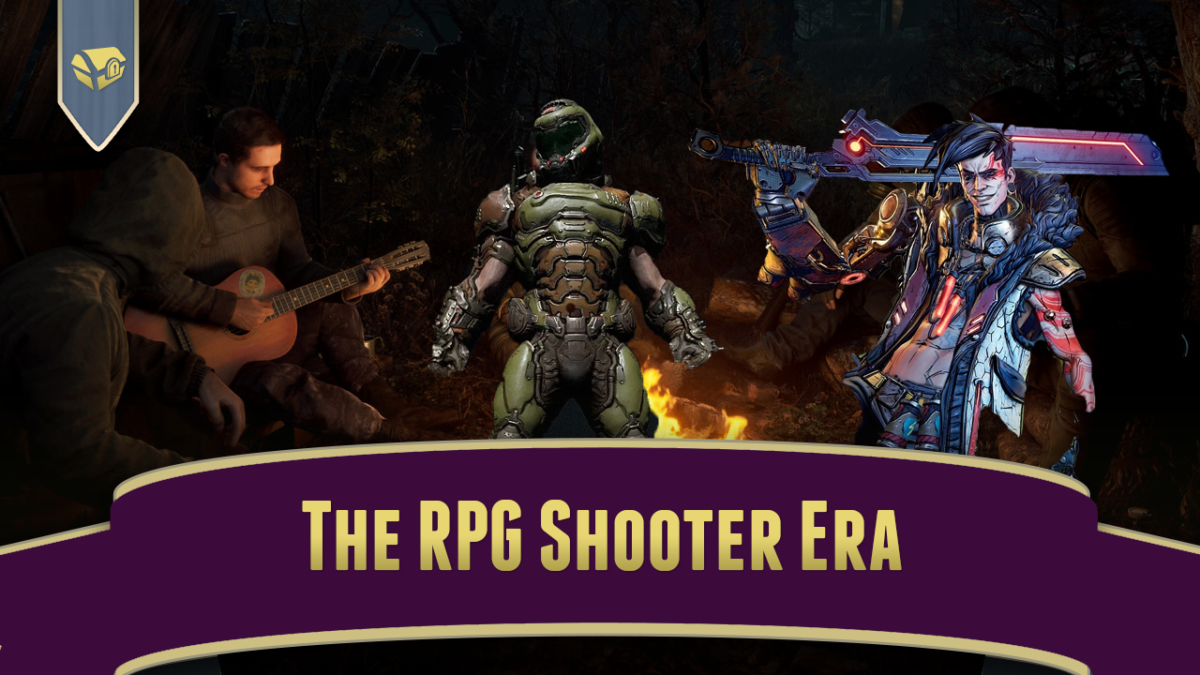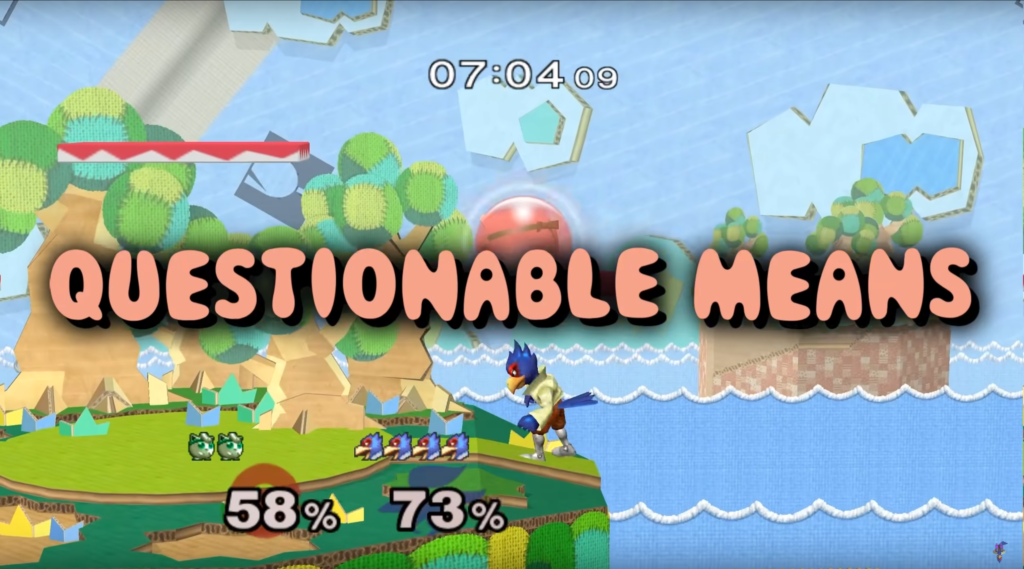
If there’s two constants here at SSB, it’s that we post a lot of Nintendo content, and a lot of Youtube video stuff.
Nintendo, because they’re the most interesting of the major console manufacturers, and one of the most consistently great developers around today. I still think that Atari’s coin-op division, later split off as Atari Games, was more ingenious in their classic era, because they made such a wide variety of games and rarely did sequels, but Nintendo would definitely be second place, and has the advantage of still being alive as a company. (Atari Games has been gone for 18 years now, and that number isn’t getting lower. That makes me really sad.)
One of Nintendo’s biggest series is, of course, Super Smash Bros. It wasn’t always so. Smash on Nintendo 64, the first in the series, was a great little game, and the first time that they crossed over between basically all their properties, but it wasn’t until Melee, the second game, that it really became huge, despite being on the relatively low-selling Gamecube hardware.
Super Smash Bros. Melee was the game that really established the pattern for the rest of the Smash series: offer a ton of content, give everyone unprecedented amounts of fanservice, and offer a super fast-paced game with an eye towards the esports scene.
On that last point they succeeded: Melee is a very popular esports game. I don’t know if it’s more popular than Ultimate, the current Smash game released for Switch, although I don’t follow that scene generally so I really have no idea. All of the Smash games have some esports interest, but Melee’s the most popular previous title, I think.
Melee had a 13 month development time, fairly short, and resulted in a fair number of bugs, and that’s where AsumSaus’s videos are most interesting. Few games have had their internals splunked as deeply as Melee’s has, and they dredge up the most interesting facts from all that data.
I’ll just present one of their videos this time out, from three years ago, but I leave the door open to spotlighting others in the future. They’re just that interesting. So, here’s their 37-minute video asking, in considerable depth: outside the specific and highly particular subset of Super Smash Bros Melee that is tournament-level competitive play, taken as a whole: is the game actually good? He obviously enjoys that one tiny bit of it a great deal, but, what about all the rest? Watch the video to find out.
Is Melee A Good Game (AsumSaus on Youtube, 37 minutes)

